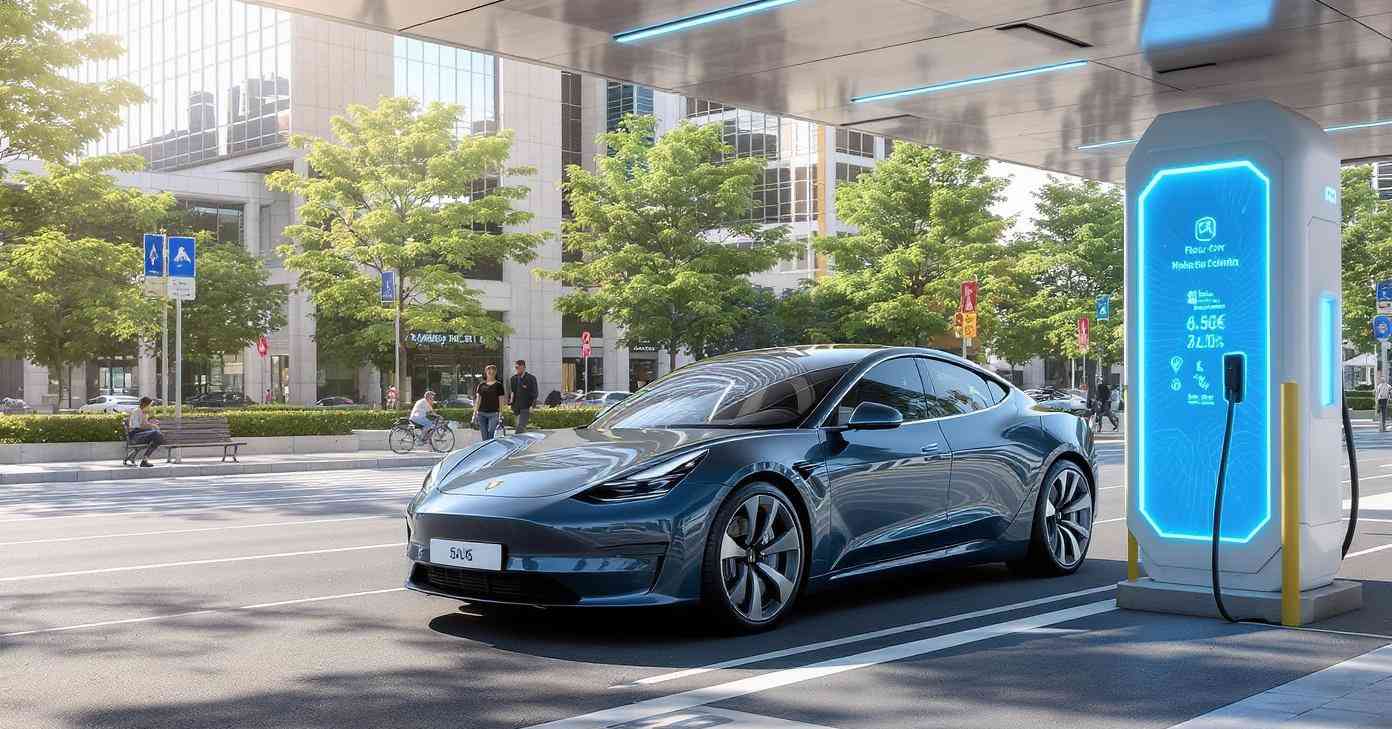Worldwide Auto Shift Plug-in EVs Approaching 25% Share

The automotive industry is experiencing a significant transformation as Plug-in EVs continue to gain popularity across the globe. With governments promoting cleaner transportation, rising environmental awareness, and advances in technology, plug-in electric vehicles are projected to reach 25% of global new vehicle sales. Automakers are expanding their EV lineups, investing in battery research, and improving charging networks to meet the surging consumer demand.
Global Sales Growth Trends
Plug-in EV sales have accelerated rapidly in recent years. In 2024, electric vehicle registrations surged in regions such as China, Europe, and North America. Analysts forecast that by 2025, plug-in EVs will make up nearly a quarter of new vehicle sales worldwide. This growth reflects both regulatory pressures for reduced emissions and consumer preferences for sustainable mobility solutions. Leading markets like China and Norway continue to demonstrate strong adoption, while emerging markets are gradually increasing their share of plug-in EVs.
Technological Advancements Driving Adoption
Battery technology plays a pivotal role in the growth of plug-in EVs. Modern lithium-ion batteries and emerging solid-state batteries offer longer ranges, faster charging, and improved safety. Automakers are incorporating energy management systems, regenerative braking, and intelligent vehicle software to optimize efficiency. These innovations reduce range anxiety, enhance vehicle performance, and make plug-in EVs more convenient and practical for daily commuting and long-distance travel.
Expansion of Charging Infrastructure
Widespread adoption of plug-in EVs relies heavily on the availability of robust charging infrastructure. Public fast-charging stations, residential solutions, and workplace chargers are expanding globally, reducing barriers to adoption. Governments and private enterprises are investing significantly in charging networks to ensure accessibility and reliability. With a growing infrastructure, consumers feel confident using plug-in EVs for both daily commuting and long trips, which is critical for sustaining adoption momentum.
Changing Consumer Preferences
Consumers are increasingly prioritizing sustainability and environmental impact when choosing vehicles. Plug-in EVs appeal to buyers seeking lower carbon emissions, reduced fuel costs, and long-term savings. Tax incentives and subsidies further enhance affordability. Younger generations, urban residents, and environmentally conscious buyers are driving adoption trends, creating a ripple effect that encourages peers to consider plug-in EVs. This shift in consumer preferences is helping plug-in EVs gain market share quickly.
Government Policies and Incentives
Government support has been a key driver of plug-in EV adoption globally. Policies such as tax credits, purchase subsidies, and emission reduction mandates incentivize both consumers and manufacturers to embrace electrification. European countries, China, and North America have implemented targeted programs to accelerate adoption, including stricter emission standards and incentives for EV production. These measures not only encourage adoption but also foster innovation and investment in infrastructure, making plug-in EVs increasingly viable and appealing.
Automaker Strategies and Industry Competition
Automakers are responding to rising demand for plug-in EVs by launching new models, enhancing production capacity, and forming strategic partnerships. Established manufacturers are expanding electric vehicle platforms, while new entrants focus on innovation, design, and cost efficiency. Collaborations with battery suppliers, software developers, and charging infrastructure providers help companies scale operations and improve vehicle quality. This competitive environment drives continuous improvements in range, performance, and pricing, benefiting consumers and accelerating market growth.
Economic and Environmental Implications
The growth of plug-in EVs has significant economic and environmental impacts. Economically, it fuels expansion in battery production, software development, and charging infrastructure, creating jobs and stimulating innovation. Environmentally, plug-in EVs help reduce greenhouse gas emissions, improve urban air quality, and decrease reliance on fossil fuels. This transition supports national and global sustainability goals, encouraging governments, businesses, and consumers to adopt cleaner and more efficient transportation solutions.
Challenges and Opportunities
Despite rapid adoption, challenges remain for plug-in EVs, including limited charging infrastructure in some regions, high upfront vehicle costs, and supply chain constraints for battery materials. However, these challenges provide opportunities for innovation, policy intervention, and investment. Expanding renewable energy integration, advancing battery recycling programs, and offering flexible financing options can enhance adoption and strengthen the global EV ecosystem.
Future Outlook for Plug-in EVs
Looking ahead, plug-in EVs are expected to maintain strong growth. Analysts predict that electrified vehicles will account for a rising share of global new vehicle sales, with plug-in hybrids and battery electric vehicles becoming mainstream in key markets. Advancements in battery technology, expanded charging infrastructure, and supportive government policies will sustain momentum, making plug-in EVs a core part of the automotive industry. Automakers, policymakers, and consumers are all actively shaping this transition toward sustainable mobility.
About Us: BusinessInfoPro is a leading content platform dedicated to empowering business leaders and professionals with insights on digital transformation, emerging technologies, and industry trends. Through blogs, whitepapers, case studies, and webinars, they provide actionable information across sectors like finance, HR, IT, and marketing, helping organizations make informed strategic decisions and stay competitive in an ever-evolving business landscape.
- Art
- Causes
- Crafts
- Dance
- Drinks
- Film
- Fitness
- Food
- Games
- Gardening
- Health
- Home
- Literature
- Music
- Networking
- Other
- Party
- Religion
- Shopping
- Sports
- Theater
- Wellness



